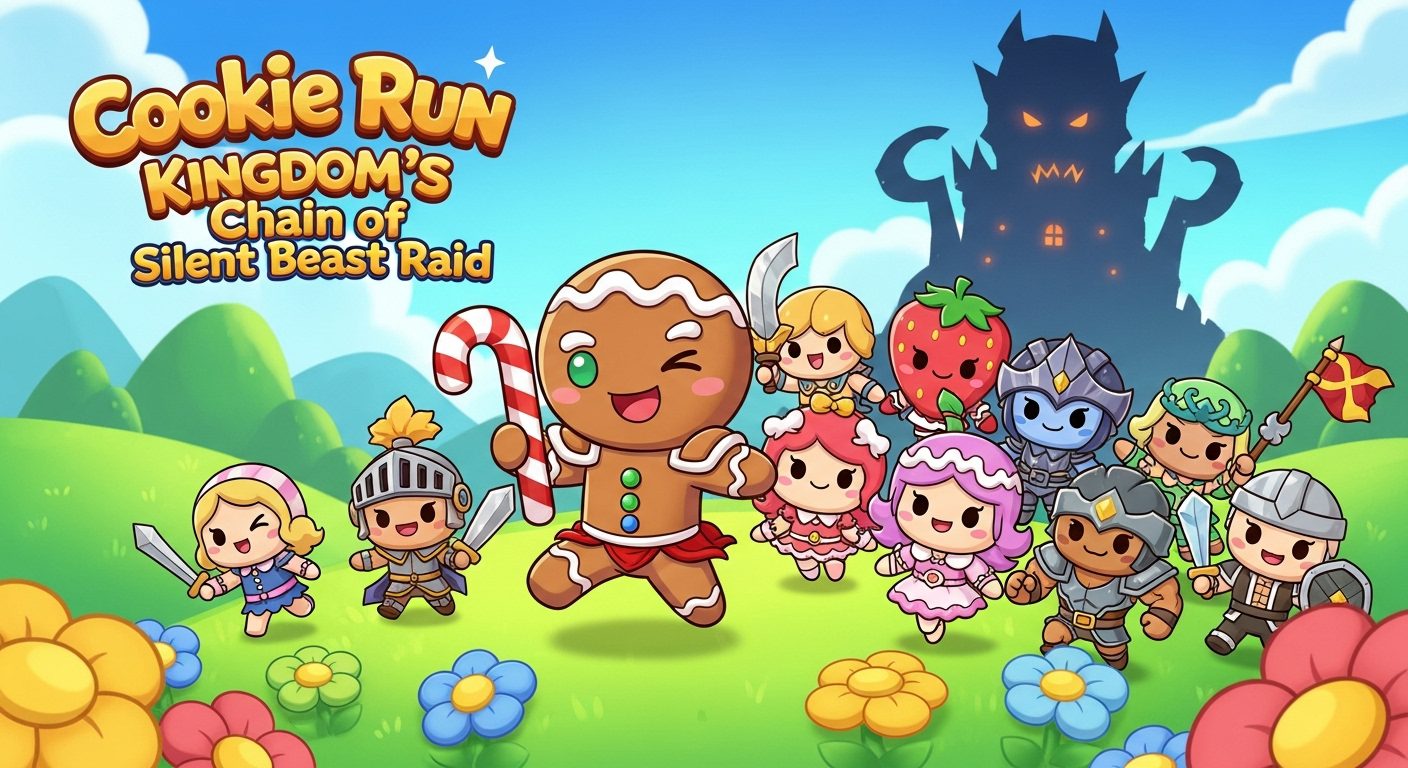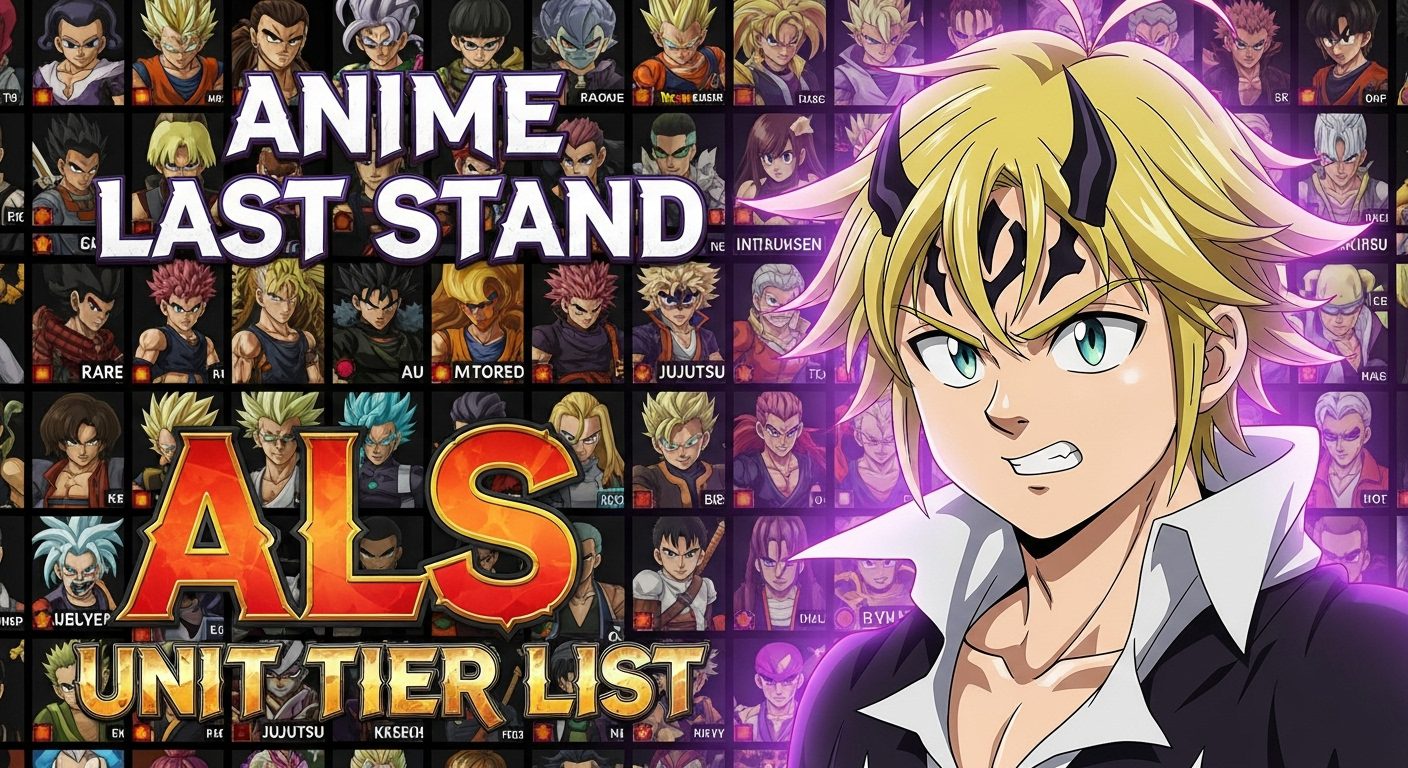
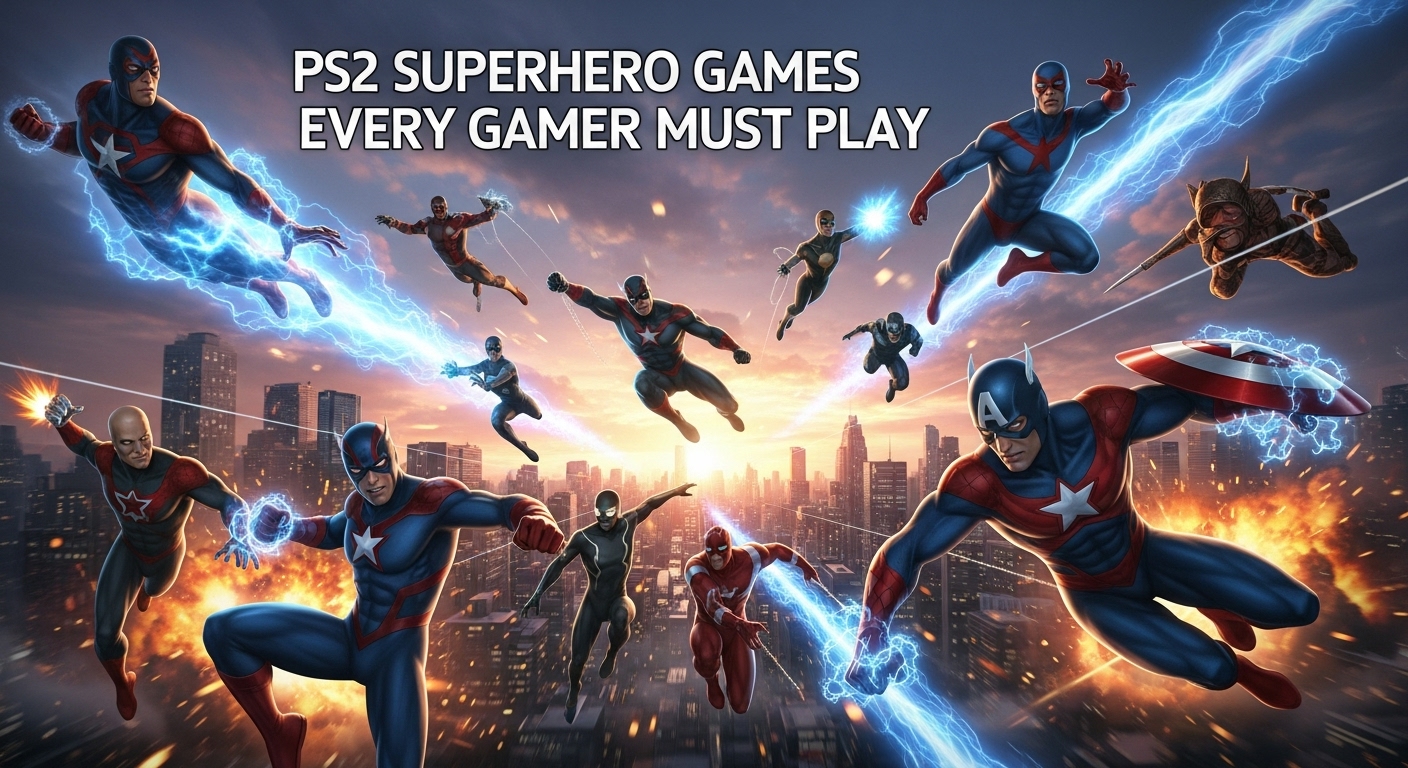
What are the best PS2 superhero games? The PlayStation 2’s remarkable collection features outstanding superhero titles such as Spider-Man 2, The Incredible Hulk: Ultimate Destruction, and Marvel Ultimate Alliance that transformed comic book gaming through ground breaking mechanics and genuine character portrayals.
In this detailed guide, I’ll share insights gained from countless hours exploring these iconic PS2 superhero games, including the technical accomplishments that made them exceptional, approaches to enjoying them today, and why they remain impressive compared to contemporary releases.
| Game Category | Standout Title | Key Innovation |
|---|---|---|
| Open World | Spider-Man 2 | Physics based web swinging |
| Destruction | Hulk: Ultimate Destruction | Environmental combat system |
| RPG Action | Marvel Ultimate Alliance | 4-player co-op superhero teams |
After revisiting these games throughout 2025, I’ve established the definitive ranking of PS2 superhero titles that authentically captured the essence of superpowers. The PS2 era represented a golden age for superhero gaming, with developers finally possessing the hardware to bring ambitious comic book visions to life.
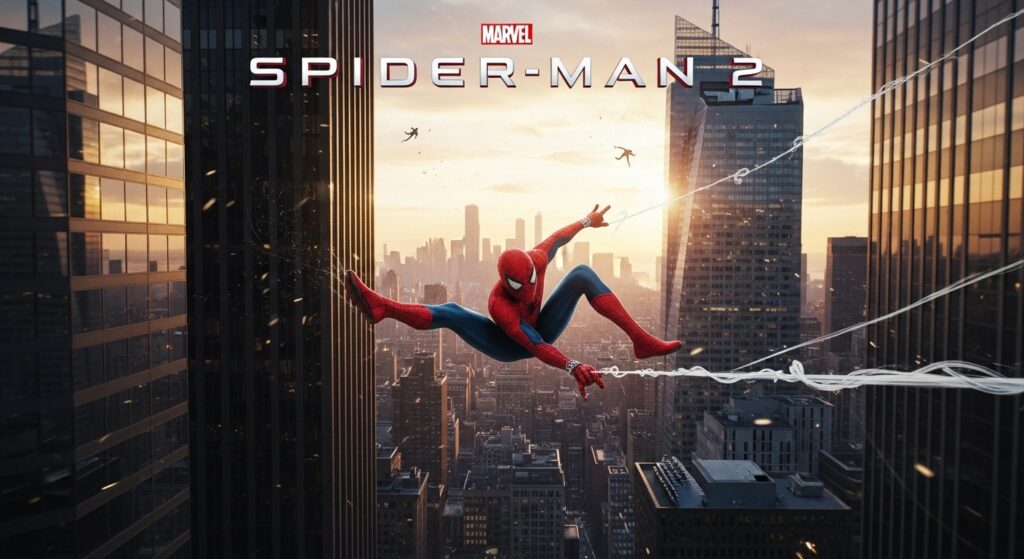
I vividly recall the initial moment I pressed R2 to shoot a web in Spider-Man 2 and witnessed it actually connect to a building. This wasn’t merely another superhero game it was a groundbreaking experience. The physics based web swinging system developed by Treyarch remains unparalleled in its intricacy and satisfaction. Each swing demanded momentum, timing, and spatial awareness that made navigating Manhattan feel like a skill to perfect rather than a simple means of transportation.
The game’s open world New York delivered unprecedented freedom for a superhero title. I devoted countless hours simply swinging around the metropolis, refining my technique and uncovering hidden tokens. The combat system, while basic by contemporary standards, introduced the dodge mechanic that would become a standard feature of action games. My most cherished memory involves dedicating an entire weekend to mastering advanced swing techniques, including the loop de loop and speed boost chains that enabled crossing Manhattan in under two minutes.
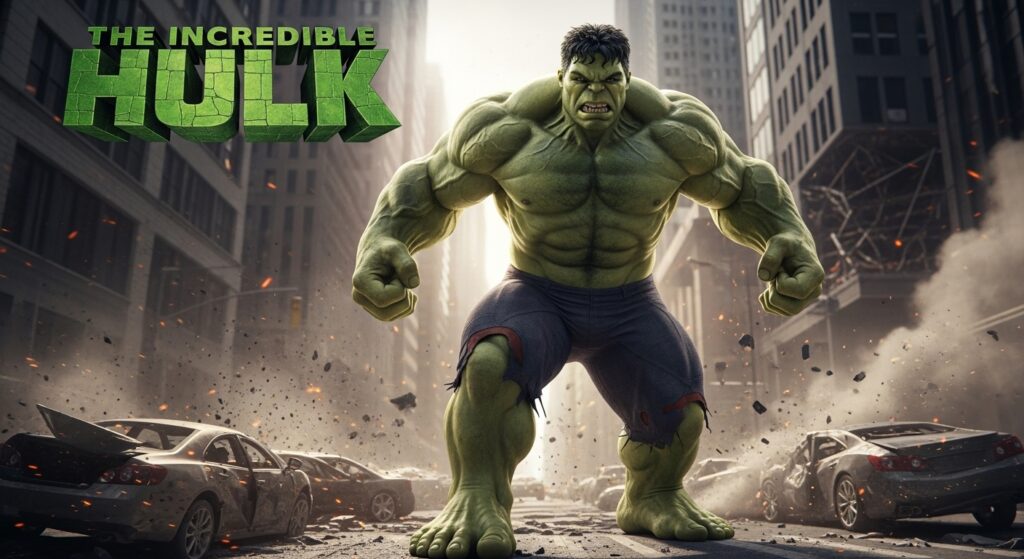
Radical Entertainment grasped something essential about the Hulk destruction should be entertaining. Ultimate Destruction provided players with an entire city as their playground, with nearly everything destructible. I clearly recall the exhilaration of transforming a bus into improvised boxing gloves or surfing on flattened cars through traffic. The game’s “Weaponization” system allowed players to convert environmental objects into tools of destruction, creating emergent gameplay moments that felt uniquely personal.
The technical accomplishment here cannot be exaggerated. Managing that level of physics simulation and destruction on PS2 hardware pushed the console to its boundaries. The game maintained a surprisingly smooth framerate even when I was hurling tanks at helicopters while buildings collapsed around me. The boss battles against Abomination and other gamma powered enemies showcased a scale rarely seen in PS2 games.
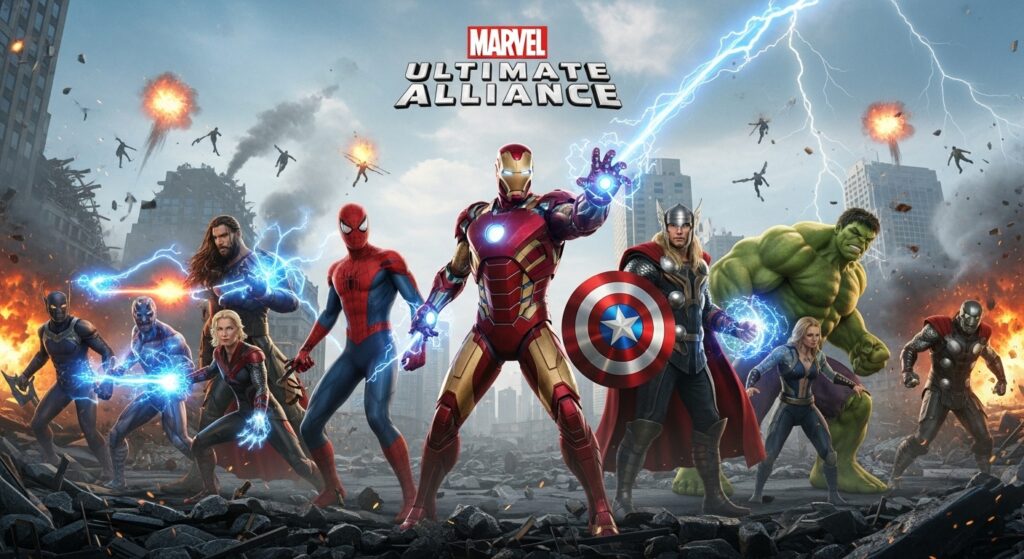
As someone who grew up reading Marvel comics, Ultimate Alliance felt like a dream realized. The ability to assemble custom superhero teams and play through an original story spanning the Marvel Universe was revolutionary. I invested hours experimenting with team combinations, discovering synergies between characters’ abilities. The RPG elements and character progression added depth that compelled me to return for multiple playthroughs.
The four player co-op transformed this into the ultimate party game for comic enthusiasts. My friends and I would debate team compositions should we go with the classic Avengers line up or mix franchises for optimal abilities? The game’s alternate costume system, which altered character stats and abilities, added another layer of strategy. Finding the perfect build for each hero became an obsession that significantly extended the game’s lifespan.
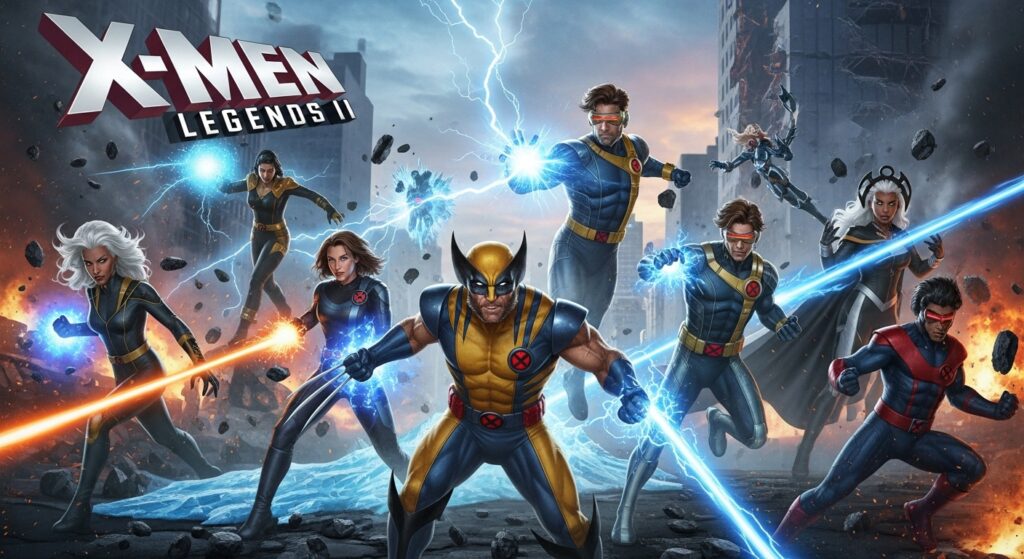
Building upon the foundation of the first X-Men Legends, Rise of Apocalypse perfected the formula by adding the Brotherhood as playable characters. The unprecedented team up between X-Men and their traditional adversaries created fascinating dynamics. I particularly enjoyed using Magneto and Cyclops together, combining their powers in ways the comics seldom explored.
The game’s skill tree system offered meaningful character customization that impacted gameplay. My Wolverine build focused on regeneration and berserker rage, while my friend optimized Storm for crowd control. These choices mattered in the challenging boss fights against Apocalypse and his Horsemen. The ability to play online (a rarity for PS2 games) extended the experience beyond local co-op.
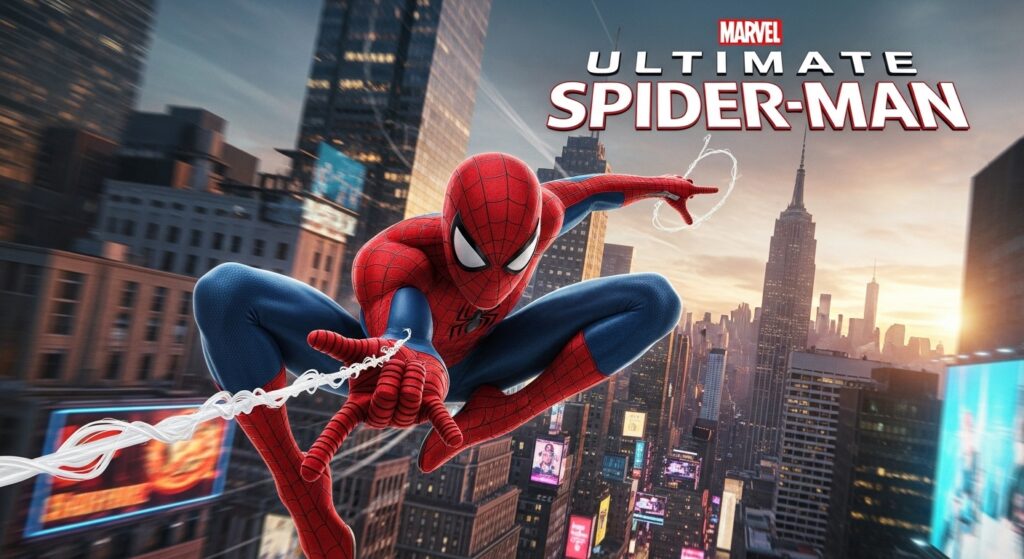
While Spider-Man 2 revolutionized web swinging, Ultimate Spider-Man brought the comic book aesthetic to life through cel shaded graphics that still look impressive today. Playing as both Spider-Man and Venom offered contrasting gameplay styles Peter’s acrobatic finesse versus Eddie’s brutal strength. The game’s comic panel storytelling seamlessly blended cutscenes with gameplay in ways that felt genuinely innovative.
I appreciated how the game remained faithful to Brian Michael Bendis’s Ultimate Spider-Man comics, featuring his actual writing and authentic character designs. The Venom segments, where you had to feed on civilians to maintain health, created moral tension rarely seen in superhero games. Racing against Johnny Storm around Manhattan remains one of my favorite PS2 gaming memories.
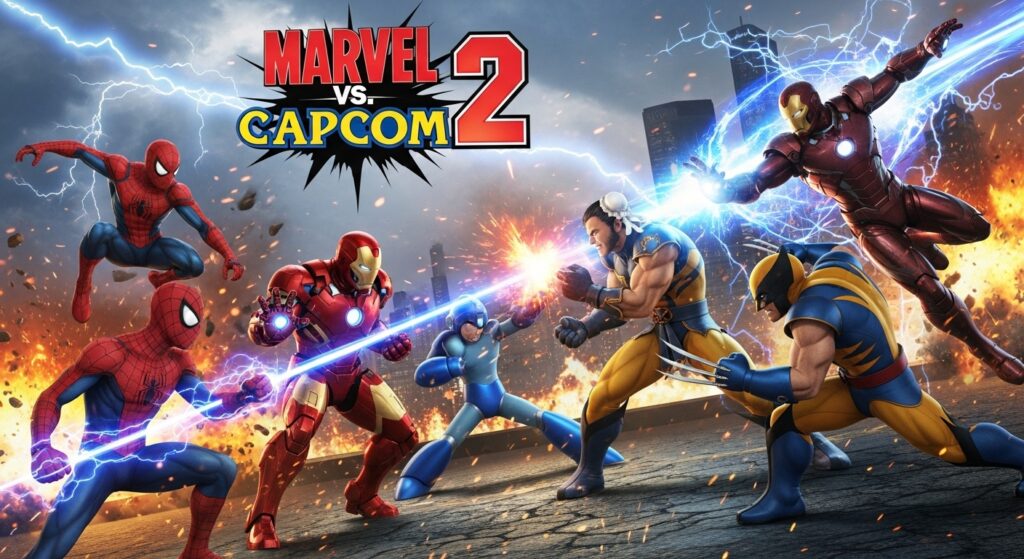
While technically a fighting game, Marvel vs. Capcom 2 merits recognition for its superhero roster and influence on competitive gaming. The three on three tag battles with 56 playable characters created nearly infinite team combinations. I devoted hundreds of hours in training mode, perfecting infinite combos with Cable, Sentinel, and Storm the infamous “god tier” that dominated tournaments.
The game’s longevity in the fighting game community attests to its depth. Even in 2025, discussions about MvC2’s meta continue among retro gaming enthusiasts. The “Assist” system revolutionized team based fighters, enabling off screen characters to support active fighters in creative ways.
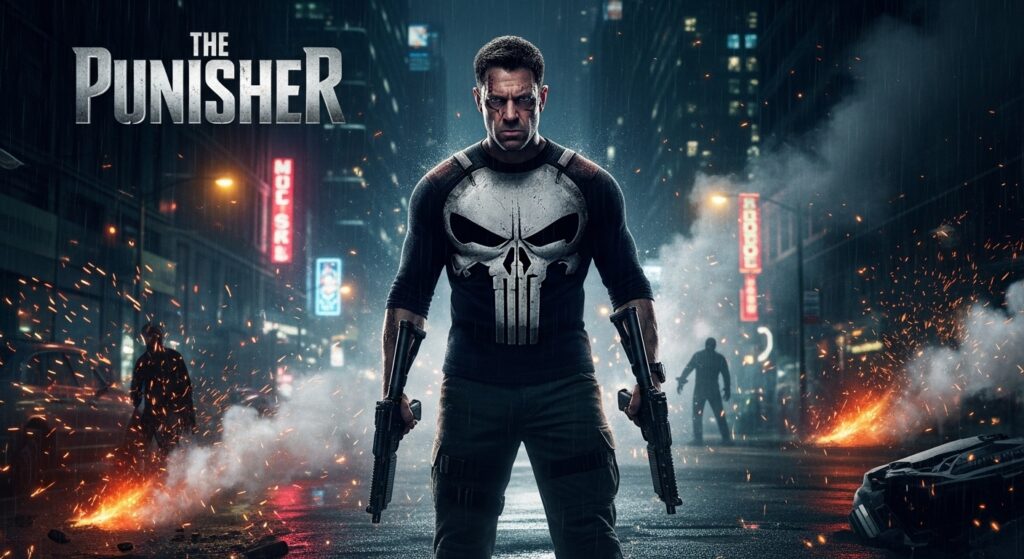
Volition’s The Punisher pushed PS2’s content boundaries with its brutal interrogation system and unflinching violence. The game perfectly captured Frank Castle’s methodical approach to vigilante justice. I recall being shocked by the interrogation mini games, where environmental kills ranged from creative to disturbing. The special kills system rewarded players for using the environment creatively, transforming everyday objects into weapons.
The third person shooting mechanics felt ahead of their time, with a cover system that preceded Gears of War. The game’s noir aesthetic and Thomas Jane’s voice acting created an atmosphere that distinguished it from typical superhero fare. My personal highlight was the zoo level, where releasing animals created chaos that Frank could exploit tactically.
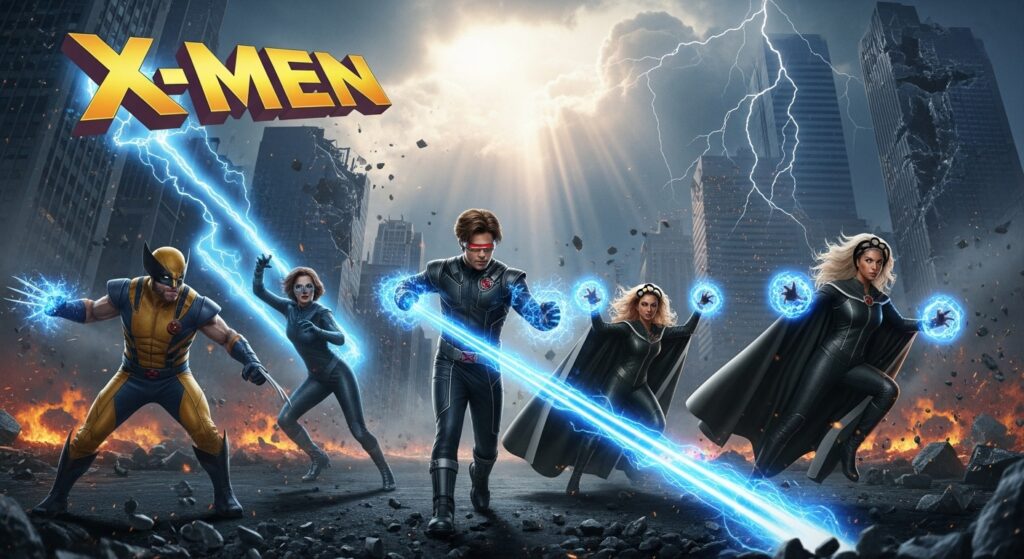
While receiving mixed reviews, X-Men: The Official Game deserves credit for its character specific gameplay. Playing as Nightcrawler felt genuinely different from controlling Wolverine or Iceman. Nightcrawler’s teleportation based combat created a rhythm game like flow that I found addictive. The ability to chain teleports for aerial combos showcased creative power implementation.
The game served as a bridge between X2 and X-Men: The Last Stand, providing story context the films lacked. Iceman’s segments, featuring on rails ice sliding, offered variety even if they didn’t quite match the quality of other sections. The boss fight against Multiple Man as Wolverine, where you faced dozens of clones, remains memorably chaotic.
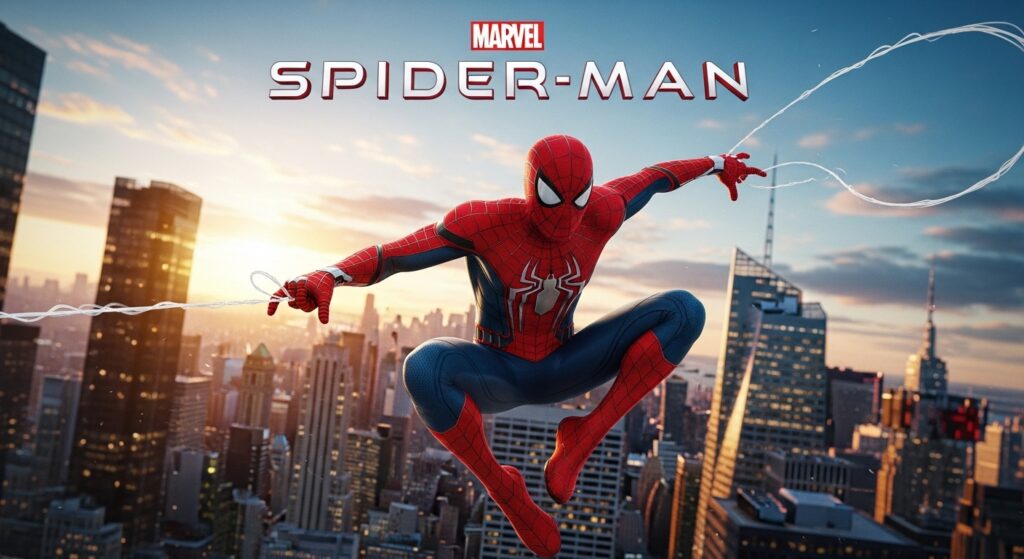
Before Spider-Man 2 revolutionized the franchise, the 2002 movie tie in demonstrated that superhero games could be more than cash grabs. The linear level design focused the experience, creating memorable set pieces like the final battle with Green Goblin. I loved the aerial combat system, which let Spider-Man fight effectively in mid air using web attacks and combos.
Bruce Campbell’s tutorial narration added humor that elevated the entire experience. The unlockable costumes, including the fan favorite black suit, provided replay incentive. The game’s interpretation of web swinging, while limited compared to its sequel, still felt revolutionary for its time.
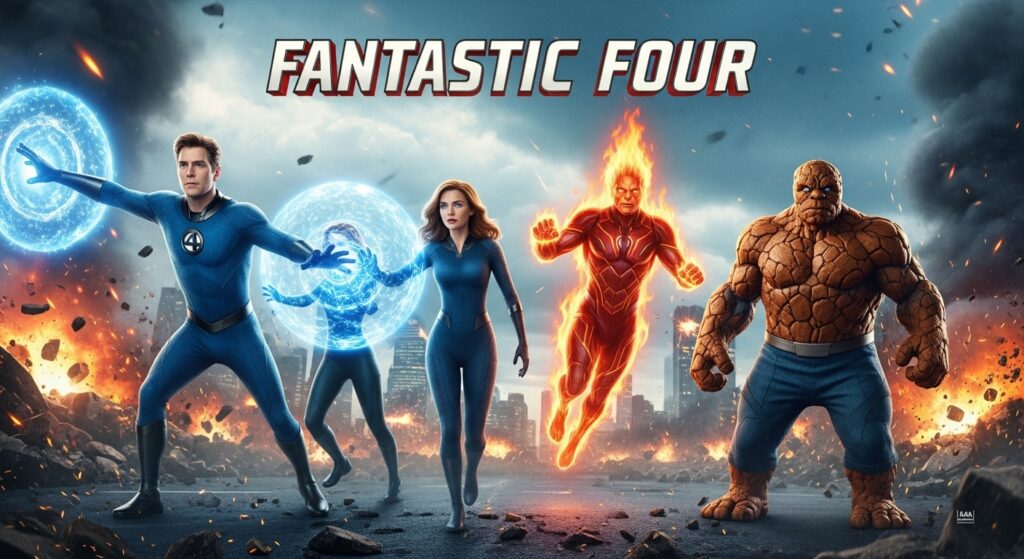
Often overlooked, the Fantastic Four game succeeded where many team based superhero games failed by making each character feel essential. The cosmic ray system that powered special moves encouraged teamwork rather than solo play. I enjoyed discovering team combos, like using Sue’s force fields to amplify Johnny’s flames or combining Ben’s strength with Reed’s reach for devastating attacks.
The game’s puzzle elements utilized each character’s unique abilities intelligently. Reed could hack computers and reach distant switches, Sue could bypass lasers with invisibility, Johnny could melt obstacles, and Ben could smash through barriers. This design philosophy made switching characters feel purposeful rather than arbitrary.
The PS2’s limited 32MB of RAM compelled developers to innovate in ways that created lasting gameplay innovations. Spider-Man 2’s web swinging physics required complex calculations that pushed the Emotion Engine CPU to its limits. The fact that Treyarch achieved this while maintaining a consistent framerate in an open world remains impressive.
The Incredible Hulk: Ultimate Destruction’s destruction engine preceded modern physics systems by years. Watching buildings crumble realistically while maintaining dozens of enemy AI routines showcased technical wizardry. These games proved that hardware limitations often foster creativity.
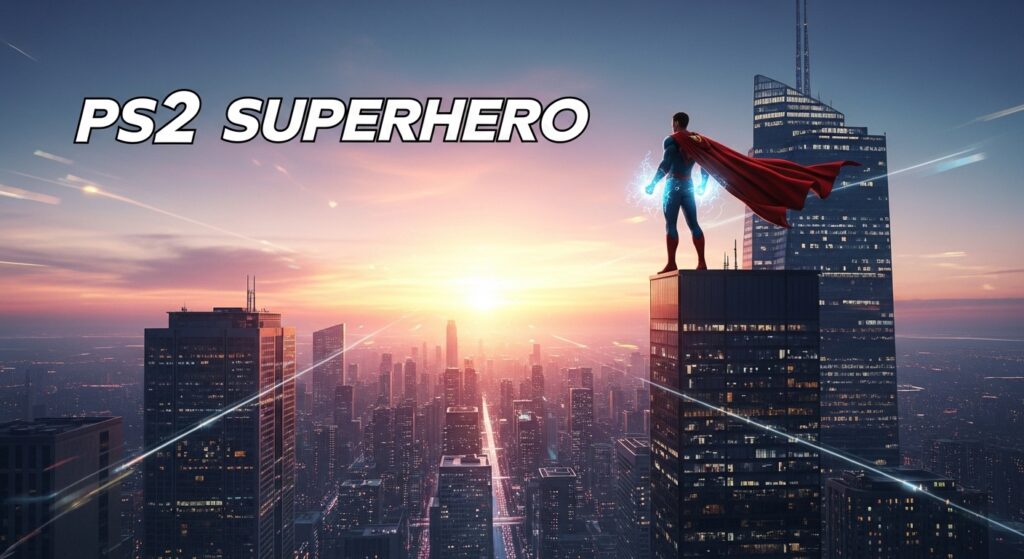
In October 2025, experiencing these classics requires some consideration. Original PS2 hardware with component cables provides the authentic experience, though finding working consoles becomes increasingly difficult. The PS3’s backwards compatibility (60GB and some 80GB models) offers convenience with slight visual improvements through upscaling.
Emulation through PCSX2 has matured significantly, offering enhanced resolutions and texture filtering that modernize these games’ visuals. I’ve found that Spider-Man 2 and Ultimate Alliance particularly benefit from 4K rendering, revealing detail obscured on original hardware. However, some games exhibit minor glitches that purists might find distracting.
For official modern access, PS Plus Premium’s classic catalog occasionally features PS2 titles, though superhero games rarely appear due to licensing complexities. Physical copies remain the most reliable option, with prices varying wildly based on popularity and rarity.
These games established design principles that modern superhero titles still follow. Insomniac’s Marvel’s Spider-Man series builds directly on Spider-Man 2’s traversal innovations. The Arkham series’ combat owes debts to Ultimate Alliance’s combo system. Even modern PlayStation multiplayer experiences reference these classics’ cooperative designs.
The PS2 era proved superhero games could be more than movie tie-ins. Developers had creative freedom to experiment with mechanics and storylines that films couldn’t accommodate. This resulted in experiences that felt definitively video game like rather than attempting to replicate other media.
Ultimate Spider-Man’s cel shaded art style has aged remarkably well, looking almost identical to contemporary comic books. While not technically the most advanced, its artistic direction makes it the best looking PS2 superhero game when played today. The game runs at a stable framerate and the comic book aesthetic masks the hardware’s limitations effectively.
Unfortunately, most PS2 superhero games aren’t available on modern PlayStation consoles due to expired licenses. Some titles occasionally appear on PS Plus Premium, but availability is inconsistent. Your best options are original hardware, backwards compatible PS3 models, or PC emulation for experiencing these classics.
While modern Spider-Man games excel in many areas, PS2 era titles offered more experimental gameplay and variety. Spider-Man 2’s physics system remains more complex than many modern interpretations, and Ultimate Spider-Man’s Venom gameplay hasn’t been replicated. The PS2 games also featured more costumes and unlockables without microtransactions.
Absolutely. Marvel Ultimate Alliance and X-Men Legends offer superior team dynamics and RPG mechanics compared to Marvel’s Avengers. The PS2 games focus on fun over live service elements, providing complete experiences without grinding or microtransactions. The couch co-op alone makes them worth revisiting.
Ultimate Spider-Man offers the most kid friendly experience with its cartoon aesthetic and Teen rating. The game’s difficulty is manageable, and the comic book presentation appeals to younger players. Spider-Man 2 also works well for kids, though some younger players might find the web swinging initially challenging.
The PS2’s superhero game library represents a perfect storm of creative freedom, technical innovation, and genuine appreciation for source material. These games weren’t perfect many suffered from camera issues, repetitive missions, or technical limitations. Yet they captured the essence of being a superhero in ways that resonated with millions of players.
I still fire up Spider-Man 2 occasionally, muscle memory taking over as I swing through virtual Manhattan. These games remind me why I fell in love with gaming as a medium they offered experiences impossible in any other format. In an era of always online requirements and season passes, the complete, focused experiences of PS2 superhero games feel increasingly valuable.
The influence of these titles extends beyond nostalgia. They established that superhero games could be system sellers, artistic achievements, and technical showcases. Without Spider-Man 2’s ambition, we might never have gotten Insomniac’s modern masterpieces. Without Ultimate Alliance’s team mechanics, the Avengers game might have taken a different approach. These PS2 games didn’t just entertain; they laid the foundation for superhero gaming’s future.

